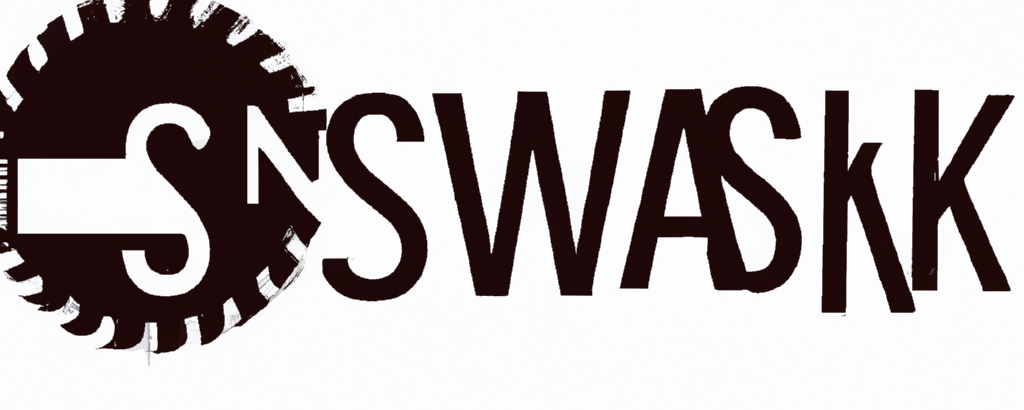Can A Track Saw Replace A Table Saw?

Can a Track Saw Replace a Table Saw?
Yes, a track saw can replace a table saw, depending on the nature of the tasks. In some instances, you can perform almost all cutting jobs using a single saw, i.e., a track saw. Opting for a track saw is a space-saving idea that will free up space for new tools to expand your woodworking tasks.
In this article, we present a detailed guide on what track and table saws are, their capabilities and limitations, and their differences. This information will help you choose the best tool for your upcoming woodworking project.
What is a Track Saw?
A track saw is a powerful wood-cutting tool primarily used for precise and straight cuts. It features a shrouded blade that can execute crosscuts, rip cuts, or bevel cuts. The saw incorporates a circular blade equipped with a rail or track to guide the blade for accurate cuts. Track saws are compact, space-saving wood-cutting tools ideal for making cuts requiring detailed work.
Capabilities of a Track Saw
A track saw is a versatile tool that can quickly make various cuts with minimal struggle. Here are some tasks that you can efficiently execute with this tool:
Smooth Cuts
Track saws are superior to table saws due to their smooth cutting capabilities. With the splinter guard feature, you can easily create splinter-free cuts.
Large Angled Cuts
Thanks to their wide cutting angle, track saws make large angled cuts easier. Position and guide the saw along the cutting line, and the tool will handle the rest.
Effective Plywood Cutting
Track saws excel in cutting plywood without limitations. They allow cuts of different depths without any constraints on cutting angle.
Longer Cuts
One advantage of track saws is their ability to make longer cuts without requiring aftermarket attachments.
Fine Irregular Cuts
Track saws can make straight, fine cuts, which makes them versatile tools for creating irregular cuts with precision.
Limitations of a Track Saw
Like other tools, a track saw has limitations that might make it unsuitable for some cutting jobs:
Difficulty with Repeat Cuts
Making repeat cuts is more manageable with a table saw than with a track saw.
Challenges with Ripping Narrow Boards
A track saw struggles with making narrow cuts, particularly when cutting a board. Tipping of the track is a common issue, but you can use a scrap wood piece to stabilize the track.
Limited Capability for Specialized Tasks
Some specialized tasks, such as spline cutting, are challenging to perform with a track saw.
Restricted Cutting Depth
Most track saw models can cut up to 2″ deep, meaning cuts are depth-limited.
Need for Square Alignment
When making a 90° cut, ensure the track saw is square to the front.
What is a Table Saw?
A table saw features a circular blade mounted on a motor-driven arbor. It is primarily used for rip cuts but can also handle crosscuts. You can easily adjust the cutting depth and angle when working with a table saw. Its fence helps make straight cuts parallel to the blade.
Capabilities of a Table Saw
A table saw is a powerful tool for various woodworking projects:
Making Long Straight Cuts
Table saws excel at making long, straight cuts.
Rip Cuts with Woodgrain
These tools assist in making rip cuts along the woodgrain.
Repeated Cuts
Table saws are ideal for making repeat cuts accurately.
Making Crosscuts
You can use table saws to make crosscuts quickly.
Uniform Angle Cuts
Once you set the fence, all your cuts will be at the same angle.
Difference Between a Track Saw and a Table Saw
Based on their capabilities and limitations, we can compare the track saw and table saw as follows:
Table Saw
- Difficult to move and tends to be stationary.
- Requires skilled craftsmanship to use.
- More powerful than a track saw.
- Cannot cut large wood sheets.
- Excellent for making repeat cuts.
- Potential for splintering.
Track Saw
- Easy to move and portable.
- Easier to use than a table saw.
- Less powerful than a table saw.
- Can cut large wood sheets.
- Not ideal for making repeat cuts.
- Features a splintering guard for splinter-free cuts.
So, Which Saw is Better?
The choice between a table saw and a track saw largely depends on your personal needs and preferences. For example, a track saw excels when making longer cuts in wood sheets and for cuts requiring fine detailing. However, a table saw is better for making repeat cuts and cuts at a specific angle quickly.
When deciding between the two tools, consider your needs and preferences, and compare both based on the above information. It will guide you in making an informed decision.
Conclusion
To answer the question, “Can a track saw replace a table saw?” – Yes, to an extent, as it can perform most of the cutting jobs of a table saw. However, this is only practical in some cases, and at times you may need to utilize both tools for different tasks.
Understanding all about the table saw and track saw, including their capabilities and limitations, is essential. Once you understand the differences, you can decide which saw suits your needs best.
